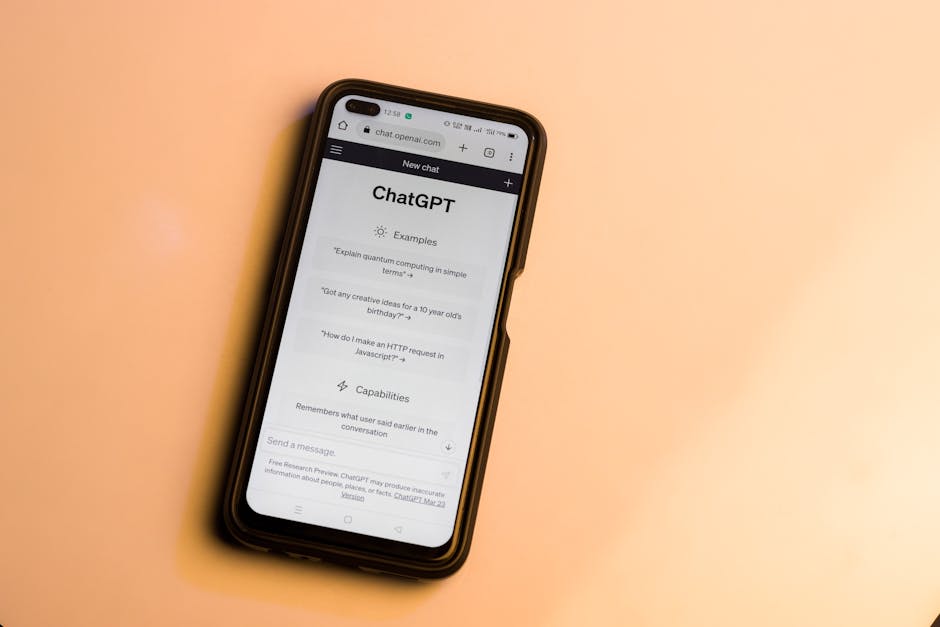
Mobile website accessibility is a crucial aspect of web design that cannot be overlooked. With the increasing number of users accessing websites from their smartphones and tablets, it is essential to ensure that your mobile website is user-friendly and accessible to all. In this article, we will discuss some expert tips for improving the accessibility of your mobile website.
One of the first things to consider when designing a mobile website is the user experience (UX) design. UX design focuses on creating a seamless and intuitive experience for users, making it easy for them to navigate the website and find the information they are looking for. When designing a mobile website, it is important to keep the user interface (UI) simple and easy to use. Avoid cluttering the screen with too much information or too many buttons, as this can overwhelm users and make it difficult for them to find what they need.
Another important aspect of mobile website accessibility is ensuring that the website is compatible with screen readers and other assistive technologies. Screen readers are essential for users with visual impairments, as they read the content of the website aloud. To make your mobile website accessible to users with visual impairments, be sure to include alt text for images and provide clear and concise descriptions of the content on the website.
In addition to screen readers, it is also important to consider the size and spacing of text on the website. Text that is too small or cramped together can be difficult for users with visual impairments or dexterity issues to read. Make sure to use a legible font size and provide ample spacing between lines of text to improve readability.
Another expert tip for mobile website accessibility is to ensure that the website is responsive and adapts to different screen sizes. With the wide variety of devices available on the market, it is important to design a website that looks and functions well on all screen sizes. Responsive design allows the website to adjust its layout and content based on the size of the screen, providing a consistent user experience across all devices.
When designing a mobile website, it is also important to consider the color scheme and contrast of the website. Users with visual impairments may have difficulty distinguishing between different colors or reading text that does not have enough contrast with the background. To improve accessibility, use high contrast colors for text and background and avoid using color alone to convey important information.
In conclusion, mobile website accessibility is a critical aspect of web design that should not be overlooked. By following these expert tips, you can create a mobile website that is user-friendly and accessible to all users, regardless of their abilities. Remember to focus on UX design, ensure compatibility with assistive technologies, use legible text and spacing, implement responsive design, and consider color and contrast when designing your mobile website. By prioritizing accessibility in your web design process, you can create a more inclusive and user-friendly experience for all users.




